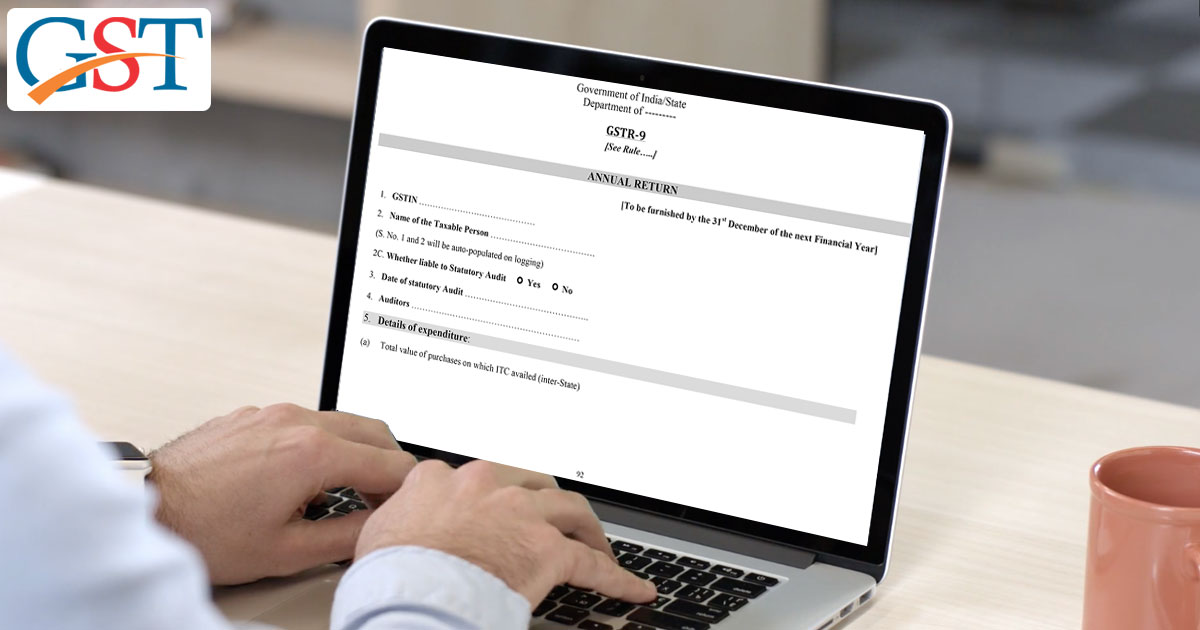One very important outcome of the 27th GST Meeting was the Government’s decision to take complete ownership of the GSTN Network. Data from the GSTN Network will drive Government’s future Financial Decisions. Complete state ownership of the GSTN Network was the need of the hour. A major part of the Government’s objective for implementing a hassle free and fraud-proof GST includes building a Fraud Analytics powered comprehensive 360-degree tax profile of all people who are currently registered under the new tax system. The GSTR 9 which has to be filed annually under GST law is one step towards this objective. As per reports, the GSTR 9 form will seek information regarding any existing tax discrepancies from the taxpayer.
GSTR 9 Filing Issues
The GSTR 9 form for filing annual returns may include sections that require taxpayers to give out details of their income tax declaration and explain any existing discrepancies. The move primarily aims to build a tax ecosystem that curbs tax evaders by gaining insights about the taxpayer or the company’s turnover. Some of the details that must be shared as per the provisions under GST include:
- Sales and purchases made during a year by a company under the three different types of taxes—central GST, state GST, and integrated GST.
- Audited financial statements
- Reconciliation statement
As per an official, “The taxpayer will file the income tax return by 30 September and then the GST annual return by 31 December”. The Income-tax Return of a company is the income derived from the difference of sales and purchases, whereas annual GST return contains details about sales and purchases. GSTR-9 shall be filed on or before 31st December of the subsequent fiscal year. For example: For FY 2017-18, the due date for filing GSTR 9 is 31st December 2018.
However, with the new tax return form yet to be put into place, it is unclear if this deadline will be extended.
GST and Data Analytics Tools
The government will use data/Fraud analytics to identify any underlying attempt by the taxpayer to understate sales turnover. In the initial phase, the Government is connecting all the databases together. Both GST and income tax filings are linked to the Permanent Account Number or the PAN Card of the taxpayer. Frictionless exchange of relevant information between the indirect and direct authorities will increase transparent tax compliance buy a significant number. This will equip the Government with all the relevant and important information about a company like financial transactions, registration information and direct and indirect tax filings. Hence, for now, it appears that Tax Compliance under the GST is set to get a boost in the upcoming months. The effect of Data Mining and Data Analysis are non-debatable. The proof of it came during the post-demonetization period when the net direct tax growth for FY18 stood at Rs 9.95 trillion.
This was an unprecedented increase of 17.1% from a year ago. Majority of the credit for such steep increase in Tax Compliance is given to the Intense data mining carried out after the 2016 November demonetization. In the same way, the Government wishes to use the details from GSTR 9 form to scale up the share of gross tax to gross domestic product (GDP) from 11.6% in FY18 to 12.1% in the current financial year and then to 12.7% in the subsequent two years.
